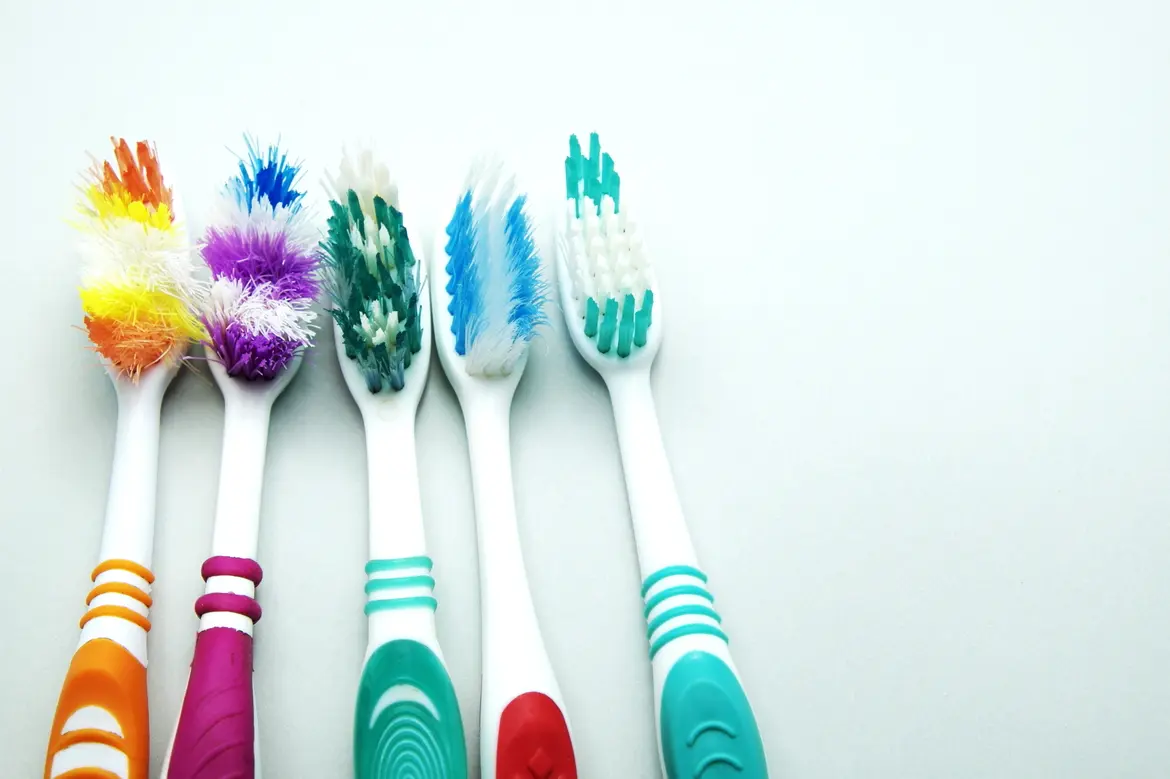Dr Leong Hoe Nam
Infectious Disease Physician


Source: Shutterstock
Infectious Disease Physician
Germs pass from person to person, from person to surface, and from surface to person. Some of the most common objects in your house are home to over 340 different types.
While not all bacteria are harmful, there are several common 'bad' germs you might find lingering in your home, including norovirus, E. coli, salmonella and staphylococcus aureus bacteria. If a nasty bacterium finds a way into your body, it may only take 20 minutes for it to start multiplying.
It is impossible to avoid contact with bacteria completely. But do you know what germs are lurking in your kitchen, bathroom and living room, and are you doing enough to protect yourself from contamination?
Here are 5 surprisingly germy things you may have in your home.
Even though every spin uses soap and water, your washing machine drum may still be a hotbed for germs. In particular, leaving wet laundry in the machine creates an ideal environment for germs to multiply.
Some of the more resilient viruses may even make it through a wash cycle, especially if you're washing clothes at a cold temperature.
To get rid of germs: Wash clothes at higher temperatures (when possible), and transfer them out of the washing machine as soon as the cycle finishes. If wet laundry is left for more than 30 minutes, pop it on for a quick second cycle. For additional protection, wipe down the interior of the drum with a disinfecting wipe after use.
Do you use your chilli sauce holders and soy sauce bottles when cooking, or at your dining table with every meal? Chances are you are spreading germs.
In a study at the University of Virginia, 30 adults with early cold symptoms were asked to list 10 objects they had touched in the last 18 hours. Researchers then tested these objects for evidence of the cold virus.
Which ones came back positive? You guessed it. Every single salt and pepper shaker (as well as 41% of all surfaces tested overall).
These condiment containers – like your soy sauce bottles and chilli holders – are frequently touched, yet seldom cleaned. Needless to say, they're easily breeding grounds for bacteria and viruses.
To get rid of germs: Don't just wipe down your dining table after dinner – wipe down the chilli and soy sauce bottles too. For added protection, wash your hands before and after use.
When the Global Hygiene Council measured the level of bacterial contamination inside homes, they found that, on average, a dish sponge surface is home to 19.6 billion bacteria.
According to this study, your average dish sponge has more bacteria than a toilet brush handle.
If you use a damp dish sponge regularly to wipe down dirty dishes, cutlery and surfaces, you may be spreading harmful germs around your kitchen unknowingly.
To get rid of germs: Cleaning your sponge with boiling water will not sufficiently remove all contaminants. Instead, it is advisable to replace your sponge once a week.
Your handbag is a hotbed for breeding bad germs. Chances are you handle your purse almost every day. You may place it down on several surfaces, such as the dining table, the kitchen counter, the supermarket counter or the bathroom stall at work. Hundreds of people may have handled the money inside.
If you carry makeup around with you, it is also possible for infectious germs to collect on the bristles of your brushes and pads of your sponges.
To get rid of germs: Wipe your purse down with antibacterial wipes as often as you can. If possible, wash your hands thoroughly after handling money.
Ideally, makeup should be stored in a clean, dry space at room temperature, rather than in a handbag. Clean makeup brushes once a week with regular soap and water or alcohol spray. If you develop an infection, replace your eye/skin makeup immediately.
Viruses and bacteria from your mouth can live for weeks on a toothbrush surface. If you store it near the sink or toilet, it is possible for germs to land on it after washing your hands or flushing. If you drop it on the floor, it will pick up more germs. If you store it in an airtight container, mould may even grow on it.
To get rid of germs: Thoroughly rinse your toothbrush after use to remove residual toothpaste or debris. Store it in an upright position and allow it to air dry.
Don't share it with another person, and try and store all toothbrushes separately to avoid cross-contamination. Replace your toothbrush every 3 – 4 months, or when the bristles become frayed.
Every surface around us is home to bacteria, most of which won't harm you. However, it is still important to maintain good habits to minimise the risk of contamination. Here are some of the easiest ways to protect yourself: